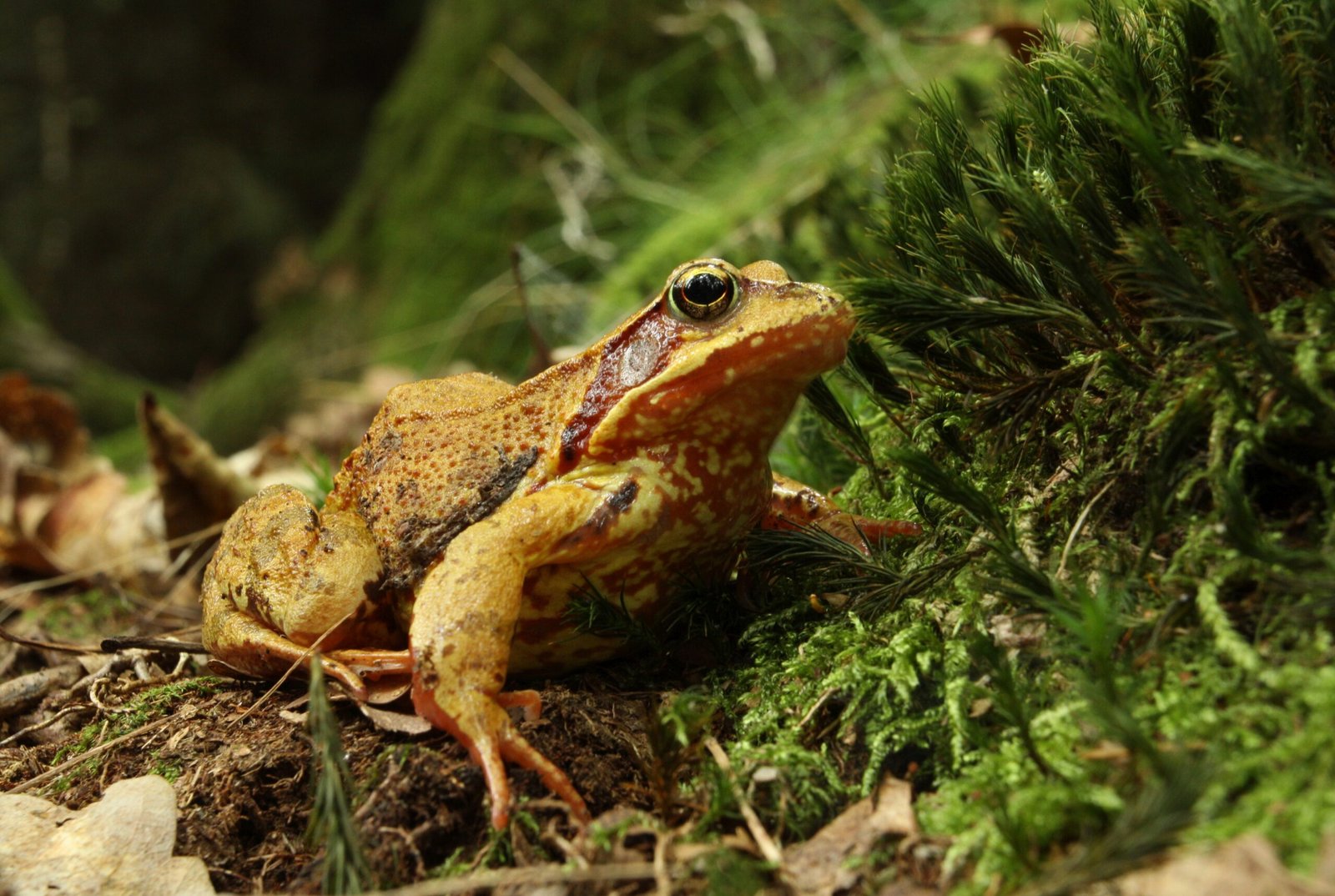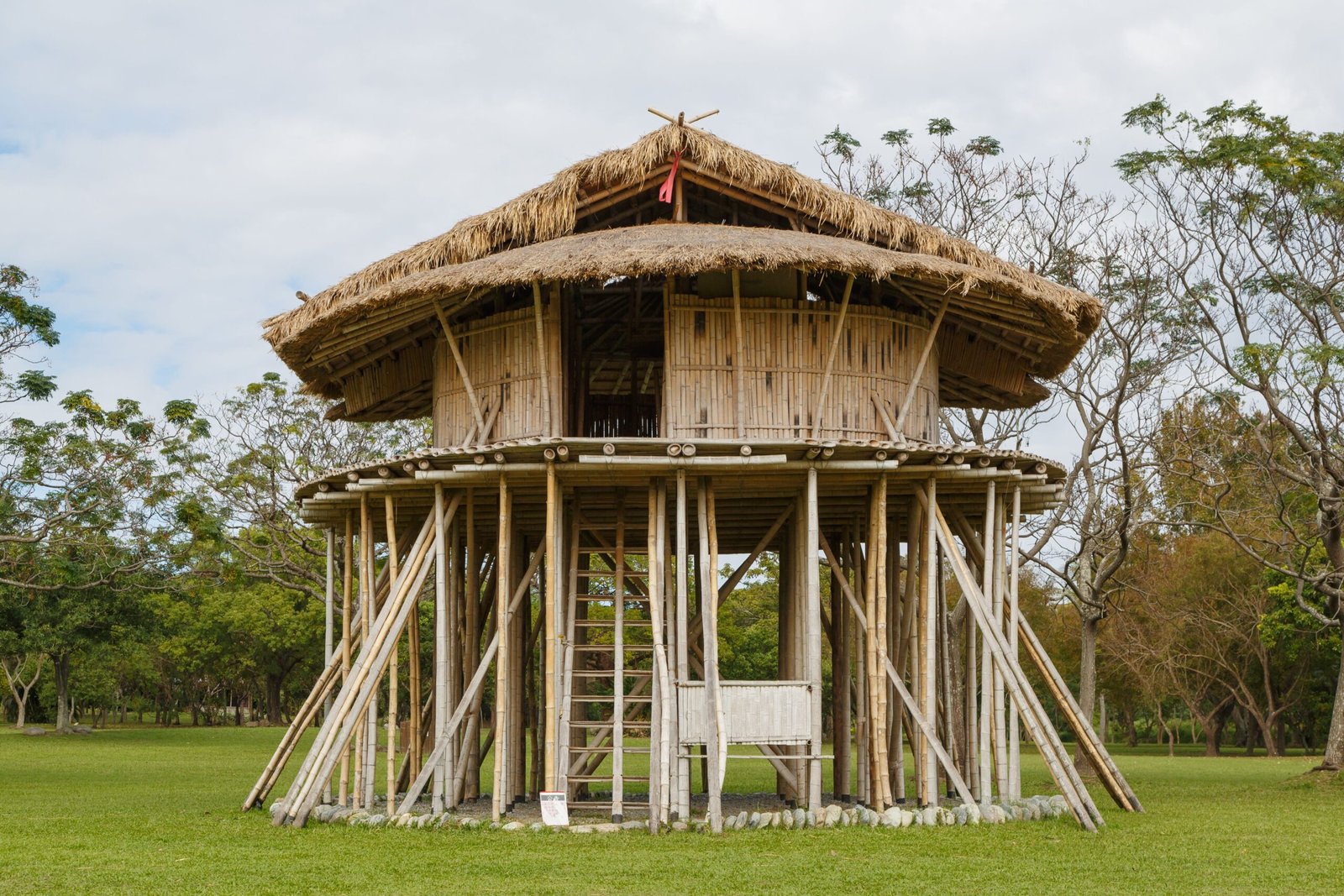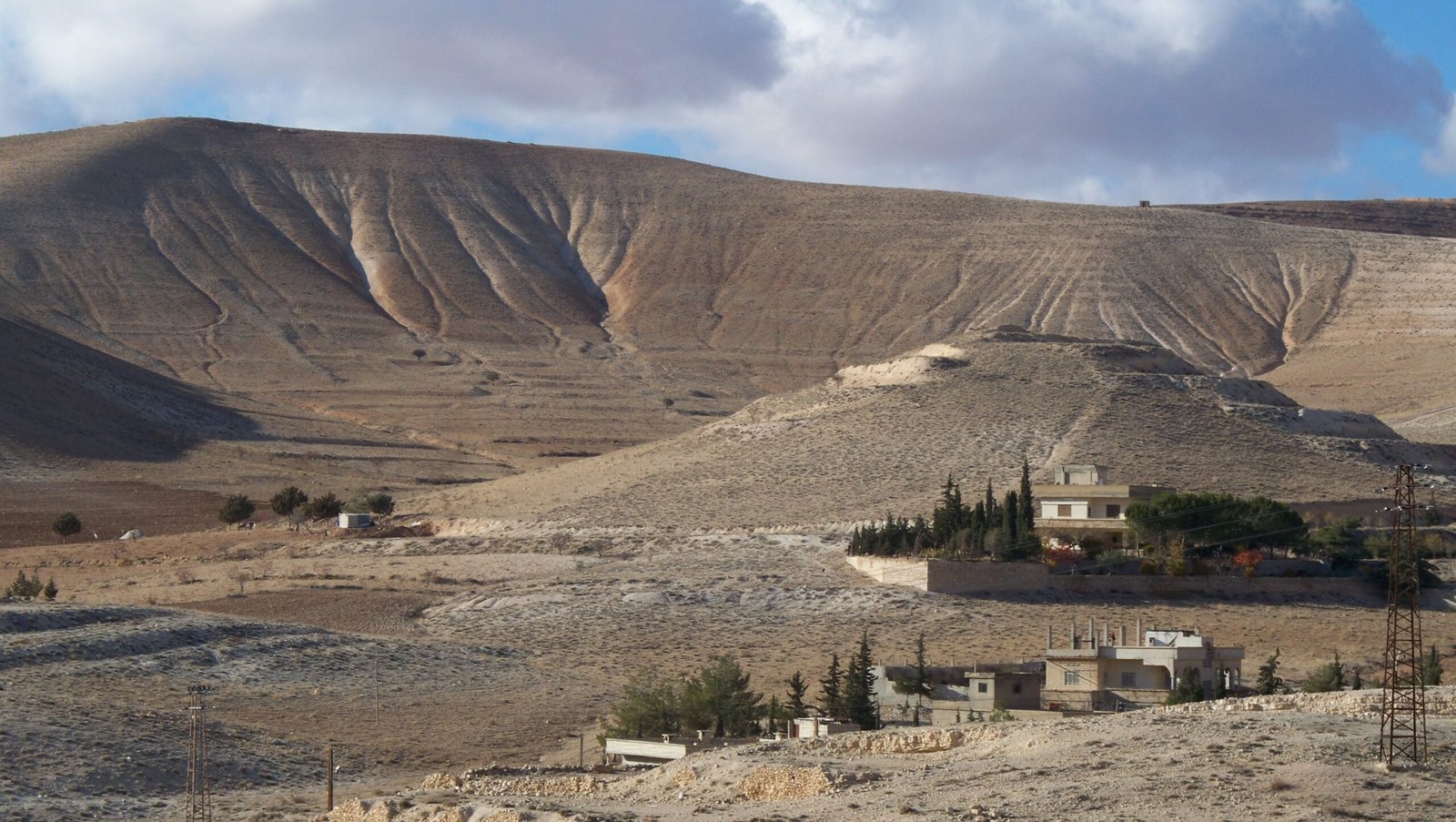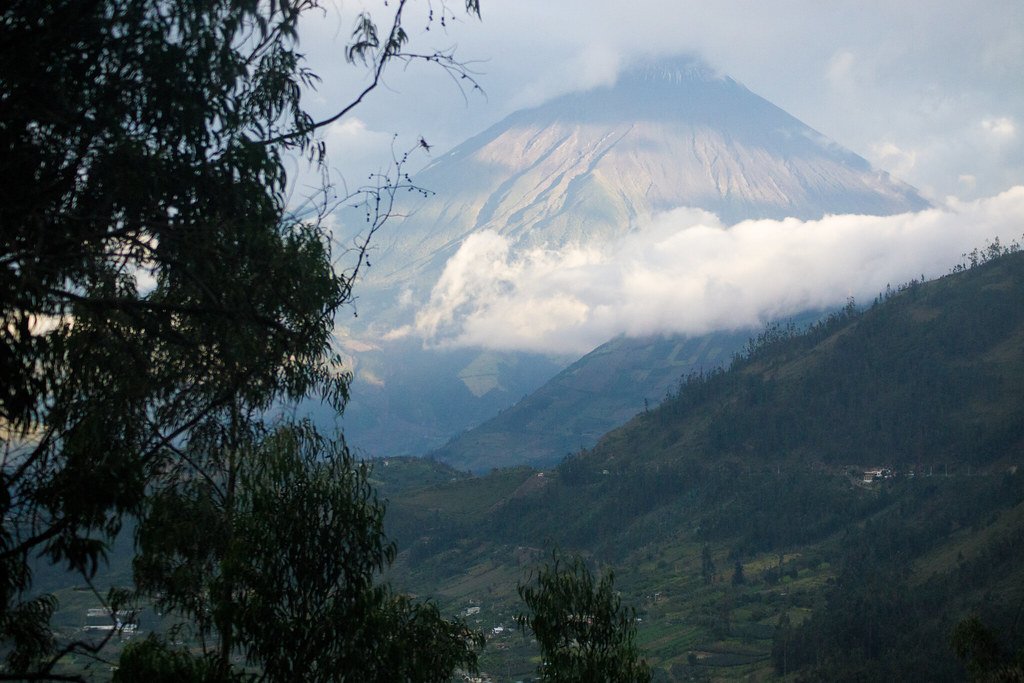Imagine standing in a land where rain pounds the ground with relentless force, rivers overflow, and the air feels drenched—then, just beyond the horizon, barren sands shimmer under a pitiless sun. It almost feels like a trick of nature, doesn’t it? Yet, this is the baffling reality in several corners of our planet. Some of Earth’s wettest places sit shockingly close to some of its driest, as if the world wanted to prove how wildly unpredictable it can be. Why does this happen? The answer is a swirling dance of geography, atmosphere, and sheer coincidence. Let’s unravel the science and stories behind this curious phenomenon.
Geographic Oddities: Where Extremes Collide
It’s almost poetic how nature places opposites side by side. In certain regions, mountain ranges, valleys, and coastlines conspire to create abrupt transitions from lush rainforests to arid wastelands. Take northern Chile, for example. The Atacama Desert—one of the driest places on Earth—sits surprisingly close to the lush Andean slopes, where towns like Quibdó receive torrential rainfall. This sharp contrast isn’t just a quirk; it’s geography at its wildest. Mountains, prevailing winds, and ocean currents all play a role in drawing invisible boundaries between wet and dry. These borders can be razor-thin, making the collision of extremes even more dramatic and fascinating.
The Mighty Mountain Barrier Effect

Mountains are like nature’s weather walls. When moist air masses travel from the sea and slam into high mountain ranges, they are forced to rise. As they climb, the air cools and releases its cargo of moisture—drenching one side with rain while leaving the other side starved for precipitation. This is called the orographic effect, and it’s the main culprit behind many of the world’s wettest spots being nestled near deserts. The Indian subcontinent offers a dramatic example: Cherrapunji, one of the rainiest places on Earth, sits on the windward side of the Khasi Hills, while the rain shadow beyond is much drier. The mountains don’t just split rain; they create starkly different worlds.
The Rain Shadow Phenomenon
A rain shadow is like a magical force field that dries up the sky. After moist air dumps its rain on the windward side of a mountain, the air descends the leeward side, warming up and soaking up moisture instead of releasing it. This creates arid or semi-arid conditions right next to regions drowning in rainfall. The Atacama Desert is a textbook example, nestled in the rain shadow of the Andes Mountains, while the eastern slopes are lush and green. This process repeats itself across continents, showing that proximity doesn’t always mean similarity when it comes to climate.
Trade Winds and Their Mischievous Patterns
Trade winds are the planet’s invisible conveyor belts, moving air and moisture thousands of miles. These persistent winds blow from the subtropics toward the equator, shaping weather across vast regions. Where these winds hit mountain ranges or other barriers, they can wring out rain in one area and leave the next bone-dry. In places like Hawaii, trade winds bring relentless showers to the windward coasts, while areas just a short drive away on the leeward side remain parched. The result is a patchwork of climates, stitched together by the whims of global wind patterns.
Monsoons: Nature’s Unpredictable Deluge
Monsoons are famous for their dramatic, seasonal downpours. But what many people don’t realize is how fickle and localized their effects can be. In India, the Western Ghats act as a gatekeeper for the monsoon. Rain pounds the coastal side, feeding lush jungles and swollen rivers, while the rain shadow on the other side creates dry landscapes reminiscent of a different country altogether. The same happens in East Africa, where monsoonal winds bring torrential rain to the highlands but turn away from the arid plains just miles away. The monsoon’s generosity isn’t shared equally, and this selective soaking is a key reason why wet and dry can live so close together.
Ocean Currents: The Secret Architects
Beneath the surface, powerful ocean currents quietly steer weather across continents. Cold currents, like the Humboldt Current along South America’s west coast, cool the air above and suppress rainfall, keeping regions like the Atacama bone-dry. Meanwhile, just inland, the same moist air pushed up by the Andes mountains unleashes monsoon-like rain on the slopes. Warm currents, on the other hand, can feed moisture-rich air to coastal areas, fueling heavy rainfall. The interplay between ocean and land is subtle but mighty, shaping climates in ways that often defy common sense.
Altitude: How Height Changes Everything
Climb a mountain, and you’ll notice the air gets cooler and wetter—or sometimes, shockingly drier. Altitude changes everything about climate. In places like Colombia, the city of Quibdó sits at low elevation, surrounded by mountains that trap moist air and create perpetual downpours. Yet, travel just across the peaks, and you’ll descend into dry valleys where rain rarely falls. The difference a few hundred meters makes can be mind-boggling. It’s as if each layer of land has its own private weather code, rewriting the rules with every step.
Humidity Traps: When Air Gets Stuck
Some places seem to catch and hold moisture as if they had invisible nets. Geography can create natural humidity traps—valleys, basins, or enclaves where moist air gets funneled in but struggles to escape. These spots become rain magnets, experiencing more wetness than the land around them. Mawsynram in India, the wettest place on Earth, is a perfect example. Its unique position at the base of a mountain funnel turns it into a rain collector, while areas just outside its “trap” are far drier. It’s less like a climate zone and more like a weather pocket, hidden until you’re right in the middle of it.
Desert Proximity: The Shock of Juxtaposition
Few things are more surprising than seeing a vibrant, rain-soaked forest next to a barren desert. Yet, this is exactly what happens in places like Peru and Chile, where the lush eastern slopes of the Andes are separated from the Atacama by little more than a mountain ridge. The same dramatic contrast can be found in Africa, where the Congo Basin’s green heart lies not far from the sands of the Kalahari. This proximity isn’t just a mapmaker’s oddity; it’s a living reminder of how quickly nature can shift gears.
Local Weather Anomalies: Microclimates in Action
Zoom in on any region, and you’ll find microclimates—tiny pockets where weather acts differently from the surrounding area. These anomalies can be created by lakes, forests, or even urban development, but mountains are the most powerful architects. In Hawaii, Hilo is drenched by rain, while Kona basks in sunshine just a short drive away. The difference is so stark that it feels like you’ve traveled to another country. These microclimates can make life, agriculture, and culture drastically different for people living just a few miles apart.
Vegetation Feedback Loops: Green Begets Wet
Rain brings plants, and plants bring even more rain. Lush vegetation releases moisture into the air, creating clouds and triggering more rainfall in a self-reinforcing loop. This is why tropical forests like the Amazon or Congo are so persistently wet. But step outside the loop—past the mountains or into the rain shadow—and the feedback breaks down. There, dry air, sparse plants, and relentless sun hold sway. It’s a vivid illustration of how tightly climate and ecology are intertwined, and how small changes in geography can tip the scales from green to brown.
Human Impact: How We Change the Balance
Human activities—deforestation, irrigation, urbanization—can exaggerate or even create sharp climate boundaries. In some places, cutting down forests has reduced rainfall, turning once-lush land into semi-desert. Conversely, irrigation projects can create green oases in otherwise arid regions. Our choices influence local climate in ways that sometimes mimic or intensify natural patterns. The line between wet and dry isn’t just drawn by nature; it’s increasingly shaped by us.
Climate Change: Shifting Extremes
Global warming is rewriting the rules, pushing wet and dry zones into new territory. Some of the world’s wettest places are becoming even wetter, while nearby drylands grow harsher. In the Himalayas, climate shifts are altering the timing and intensity of monsoons, sometimes dumping more rain on the windward slopes and leaving the leeward side in deeper drought. These changes threaten communities, disrupt ecosystems, and make the contrasts between wet and dry even more pronounced.
Historic Weather Patterns: Echoes from the Past
The landscapes we see today are shaped by millennia of shifting weather. Ancient riverbeds, fossilized forests, and abandoned settlements tell stories of climates that were once very different. The Sahara, now the largest hot desert, was once lush and green. In South America, the Atacama has been dry for millions of years, but evidence shows wetter periods long ago. These historic shifts remind us that the balance between rain and drought is constantly in flux, and today’s extremes may not last forever.
Wildlife Adaptations: Survival at the Edge

Life finds a way, even at the razor’s edge between wet and dry. Plants and animals living near these borders have evolved extraordinary strategies for survival. In the Andes, unique frogs and orchids thrive in cloud forests, while just over the ridge, desert cacti and lizards dominate. Even birds migrate between these zones, taking advantage of seasonal abundance. The close proximity of such different habitats creates a hotspot for biodiversity, where adaptability is the key to survival.
Cultural Impacts: Life Shaped by Extremes

People living in these contrasting regions have developed unique ways of life, shaped by the bounty or scarcity of water. In the rain-soaked Khasi hills, homes are built on stilts and bridges are woven from living roots to cope with floods. In the rain shadows, communities conserve every drop, storing water in underground tanks and timing their agriculture to rare rains. These adaptations are a testament to human ingenuity, resilience, and the deep relationship between people and place.
Tourism and Exploration: Drawn to Contrasts

There’s something magnetic about places where extremes collide. Tourists flock to the cloud forests of Costa Rica and the deserts of Namibia precisely because of their stunning contrasts. Hikers in Peru can trek from arid coastal deserts to mist-drenched Andean forests in a single day. The drama of these landscapes captures the imagination, inspiring artists, adventurers, and scientists alike. These boundary zones are living laboratories, offering a front-row seat to nature’s most spectacular tricks.
Scientific Curiosity: Unlocking Nature’s Secrets
For scientists, the close proximity of wet and dry climates is both a puzzle and a treasure trove. Studying these areas helps researchers understand everything from global wind patterns to local ecosystems. Climate models, satellite data, and field research all converge in these hotspots, revealing insights that can’t be found anywhere else. Each discovery brings us closer to understanding the complex interplay of forces that shape our world, and maybe even how to better predict the future of our changing climate.
Unexpected Lessons: Embracing Nature’s Contrasts
Standing on the edge of a rainforest looking out over a desert, it’s impossible not to feel awe at Earth’s wild diversity. The close embrace of opposites is a reminder that the world rarely follows straight lines or simple rules. It’s in the contrasts—wet against dry, green against brown—that nature shows its boldest colors. These boundaries challenge us to look closer, think deeper, and appreciate the unpredictable beauty of our planet.




